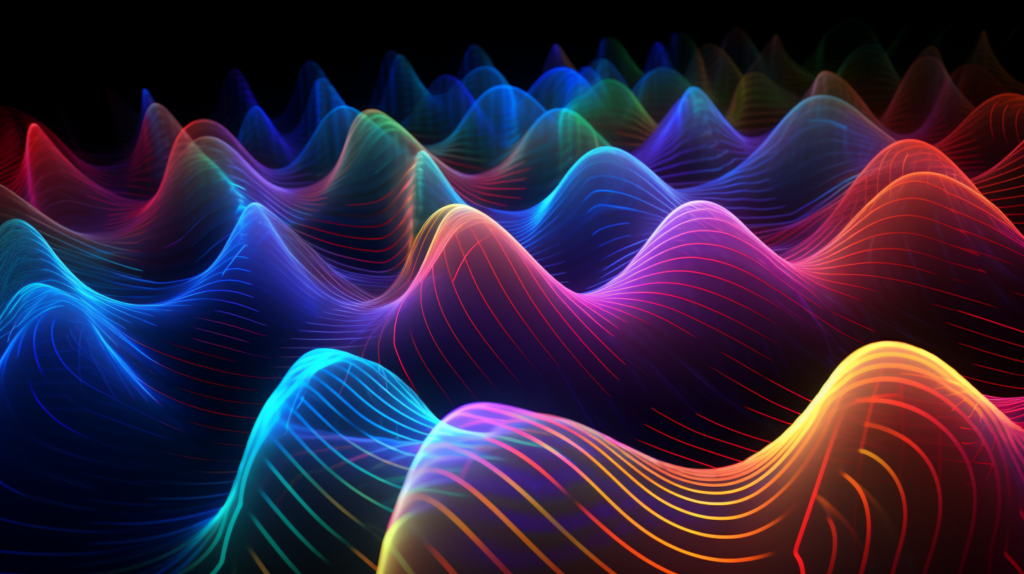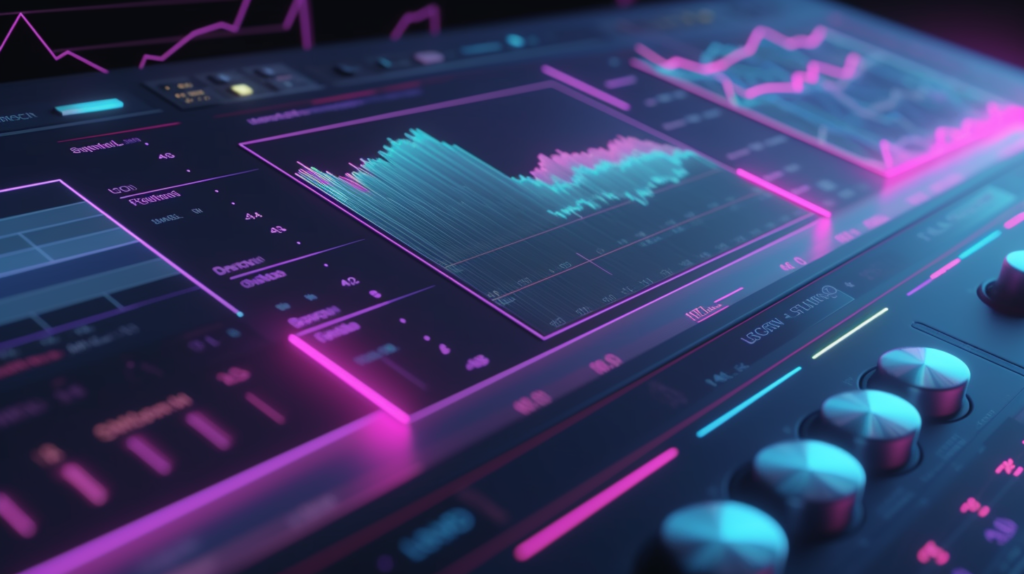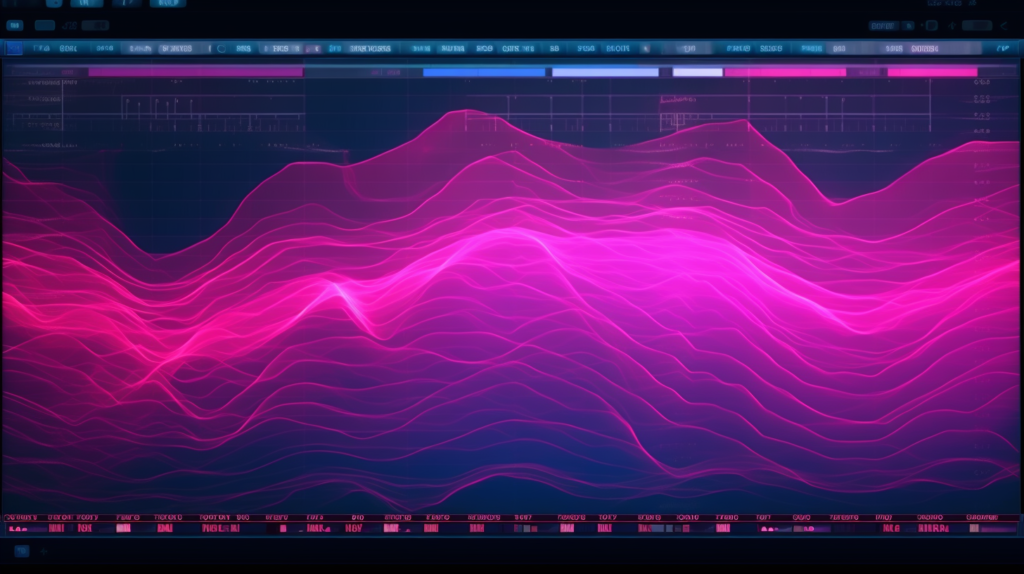
In the realm of music production, dithering is often met with mystified looks. It’s a word that’s used often, yet truly understood by few. Today, we’re going to change that by taking a deep dive into the mysterious world of dithering. If you’ve ever wondered how it works, why it’s used, or how to use it effectively, keep reading.
Unraveling the Dithering Enigma
Dithering, at its core, is about noise shaping. It’s a technique used in audio processing to minimize the distortion and noise artifacts that come from quantization, particularly in the digital domain. The aim is to achieve the best possible audio quality when reducing the bit depth of your digital audio files during the final bounce down.
To put it simply, it’s a way of adding a tiny amount of noise to your audio to mask any unwanted digital artefacts. It might sound counterintuitive to add noise to improve quality, but trust me, dithering has a magic touch that can enhance your audio in ways you might not expect.
The Science Behind Dithering
As audio moves from a higher bit depth to a lower one, rounding errors can occur. This is where quantization distortion comes in. These rounding errors can lead to quantization errors and generate harmonic distortion in your audio.
This is where dithering comes in, adding a low-level noise before the quantization process to randomize these rounding errors. The result? A smoother, more natural-sounding audio file. The distortion is now spread across the frequency spectrum as noise, a lot less audible and annoying than the harmonic distortion.
Dithering in Practice
So, how do you apply dithering in the real world of music production? It’s usually one of the last stages in the mastering process, applied right before you export your final mix at a reduced bit depth.
Imagine you’ve just completed a perfect mix at 24-bit depth. Now, you want to bounce it down to a 16-bit WAV file, suitable for CD production. If you simply export it without using dithering, you run the risk of those quantization errors making your mix sound less smooth and more digitally harsh. But apply a touch of dithering before you do, and it’s a completely different story.
Choosing the Right Dithering Algorithm
Now, not all dithering is the same. There are several different types of dithering algorithms out there, each with their unique qualities. These include basic dither, which adds a simple low-level noise, and noise shaping dither, which adjusts the frequency response of the noise to make it less audible.
Choosing the right one can be a little tricky, but generally, noise shaping dither is the go-to for most music producers, as it offers a better trade-off between noise level and frequency response. As with all things in audio, though, it’s always best to trust your ears and go with what sounds best to you.
Wrapping Up
Dithering is undoubtedly one of the more complex aspects of digital audio processing, but it’s also a vital tool in your music production arsenal. It allows you to maintain the integrity of your audio while making necessary reductions in bit depth.
While it may be easy to overlook dithering in your rush to get your tracks out into the world, taking the time to understand and apply it effectively can make all the difference in the world. Remember, in music production, every bit of quality counts. With dithering, you can ensure that your tracks shine, even in the face of digital constraints.





